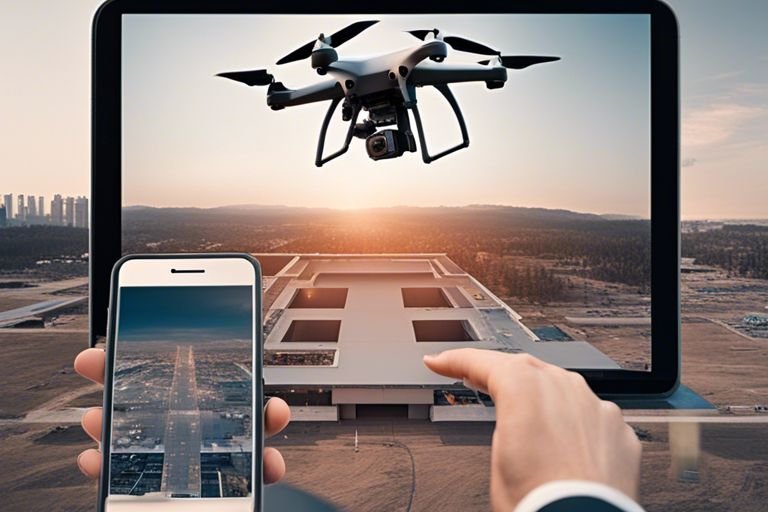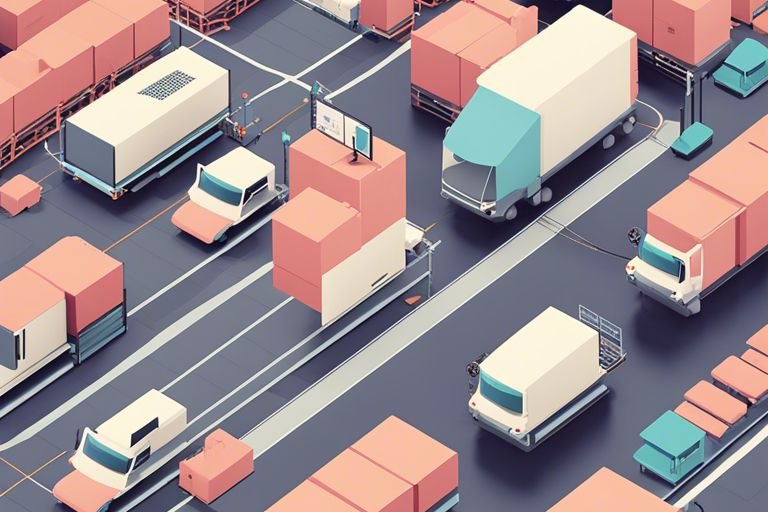How Is IoT Being Used to Monitor and Combat Climate Change?

The utilization of the Internet of Things (IoT) in the fight against climate change is becoming increasingly prevalent. Through the use of interconnected devices and sensors, IoT technology is revolutionizing the way we monitor and combat environmental challenges. From tracking air quality to managing and reducing energy consumption, IoT has opened up new possibilities for understanding and addressing the impact of human activity on the environment. In this blog post, we will explore the various ways in which IoT is being employed to monitor and combat climate change, and how it is shaping the future of environmental sustainability.
Overview of IoT in Climate Monitoring
For years, climate change has presented a significant challenge to our planet. In response, the use of Internet of Things (IoT) devices and technologies has emerged as a powerful tool for monitoring and combating the effects of climate change. By integrating IoT into climate monitoring systems, we are able to collect large amounts of data, track environmental changes, and develop effective strategies for addressing global climate issues.
Sensor Networks for Environmental Data Collection
Collection of accurate and timely environmental data is crucial for understanding the impact of climate change. IoT sensor networks play a pivotal role in this process by collecting data on various environmental parameters such as temperature, humidity, air quality, and soil moisture. These sensors are strategically placed in different locations, providing real-time data that is essential for making informed decisions and taking proactive measures to combat climate change.
Remote Monitoring and Satellite Technologies
Overview of the earth’s surface and atmosphere is greatly facilitated by the use of remote monitoring and satellite technologies in IoT climate monitoring. Advanced satellites equipped with IoT devices provide valuable data on climate patterns, sea level changes, ice melt, and greenhouse gas emissions. This comprehensive data helps scientists and policymakers to analyze and understand the extent of climate change, and to develop strategies for mitigating its impact on the environment.
Any effective climate monitoring system must include remote monitoring and satellite technologies, as they are instrumental in capturing a wide range of environmental data and trends. By utilizing these advanced technologies, we are able to gain a more holistic view of the changing climate and its effects on the planet’s ecosystems.

IoT in Action: Combatting Climate Change
Obviously, climate change is a significant and urgent global issue, and the Internet of Things (IoT) is playing a crucial role in monitoring and combatting its effects. Through the use of IoT technologies, various industries and organizations are able to better track and mitigate the impact of human activities on the environment, ultimately contributing to the fight against climate change. In this chapter, we will explore how IoT is being utilized to monitor and combat climate change, focusing on two key areas: emissions tracking and reduction, and smart energy grids and renewable resource management.
IoT for Emissions Tracking and Reduction
Climate change is largely fueled by the emission of greenhouse gases such as carbon dioxide and methane. IoT devices are being used to accurately monitor and track these emissions, providing real-time data that enables businesses and governments to identify sources of pollution and take proactive measures to reduce their environmental impact. By leveraging IoT technology, industries can implement more efficient processes, reduce waste, and develop sustainable practices to lower their carbon footprint and combat climate change.
Smart Energy Grids and Renewable Resource Management
Management of energy resources is a critical aspect of combatting climate change, and IoT is playing a key role in this endeavor. IoT-enabled smart energy grids allow for the efficient distribution and consumption of electricity, optimizing energy usage and reducing waste. Additionally, IoT is being used to monitor and manage renewable energy sources such as solar and wind power, ensuring that these clean energy alternatives are utilized to their full potential, further reducing dependence on fossil fuels and lowering emissions.
Emissions tracking and reduction, smart energy grids, and renewable resource management are just a few examples of how IoT is being leveraged to combat climate change. By integrating IoT technologies into environmental monitoring and sustainability initiatives, we can work towards a more sustainable and environmentally-friendly future, making significant strides in the fight against climate change.
Challenges and Future Perspectives
After discussing the numerous applications and benefits of utilizing IoT to monitor and combat climate change, it is crucial to acknowledge the challenges and future perspectives in implementing these technologies. From privacy and security concerns to emerging technologies, the future of IoT in climate science presents both opportunities and obstacles that must be navigated.
Privacy, Security, and Data Management in IoT Integration
The integration of IoT in climate monitoring and combatting efforts raises significant concerns surrounding privacy, security, and data management. The vast amount of data collected by IoT devices can potentially be vulnerable to cyberattacks, leading to security breaches and privacy violations. Additionally, proper data management is critical to ensuring the accuracy and reliability of the information generated by IoT devices. It is imperative for stakeholders to prioritize the development of robust security measures and data management protocols to safeguard the integrity of the data and protect individual privacy.
Future Trends and Emerging Technologies in IoT and Climate Science
Science and technology are continually advancing, paving the way for future trends and emerging technologies in IoT and climate science. Innovations such as advanced data analytics, machine learning, and edge computing are expected to play a pivotal role in enhancing the capabilities of IoT devices for climate monitoring and combatting initiatives. Furthermore, the development of new sensor technologies and the integration of IoT with other technological domains hold great potential for improving the accuracy, efficiency, and scope of climate data collection and analysis.
Challenges related to privacy, security, and data management must be addressed to harness the full potential of IoT in climate science. Additionally, the emergence of advanced technologies and trends presents an exciting opportunity to further enhance the effectiveness of IoT in monitoring and combatting climate change.
Summing up the Impact of IoT in Combating Climate Change
The Internet of Things (IoT) has made significant strides in monitoring and combatting climate change through various innovative technologies. This includes using IoT devices to collect and analyze environmental data, track carbon emissions, monitor wildlife and plant species, and facilitate smarter energy use. By harnessing the power of IoT, researchers and policymakers are able to make more informed decisions and implement targeted actions to mitigate the impact of climate change. With IoT’s continued development and integration into climate change initiatives, we are poised to make meaningful progress in safeguarding our planet for future generations.



